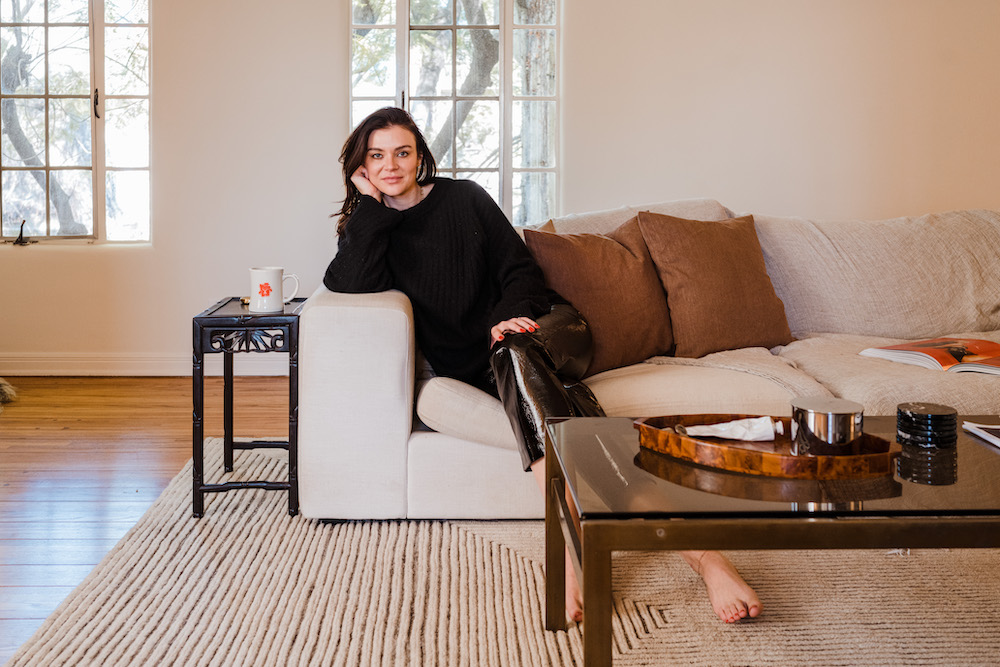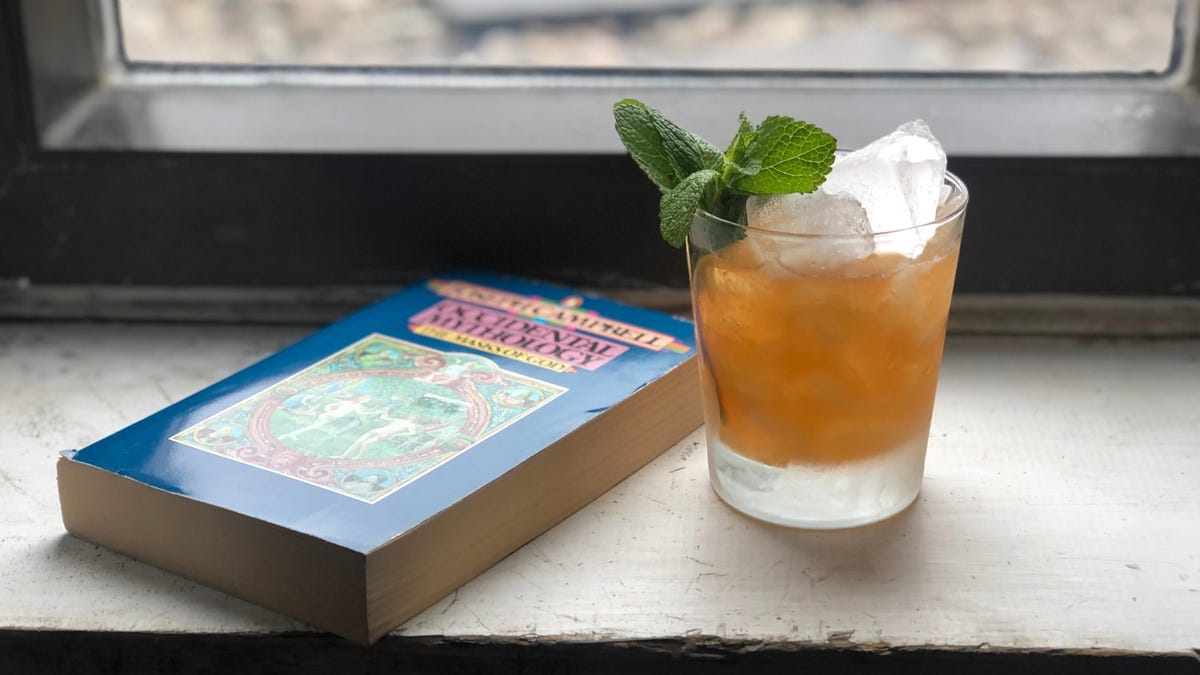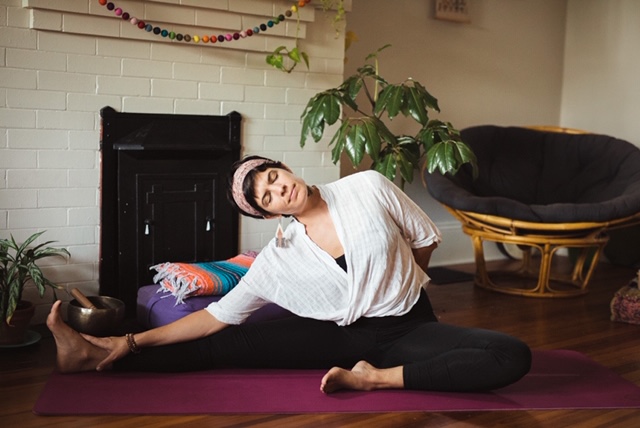The end of an era: Here’s the rise and fall of Malaysian fashion house BritishIndia
BritishIndia is a Malaysian fashion brand founded in 1994. Here's a look into its founder, history, and how it's doing currently.
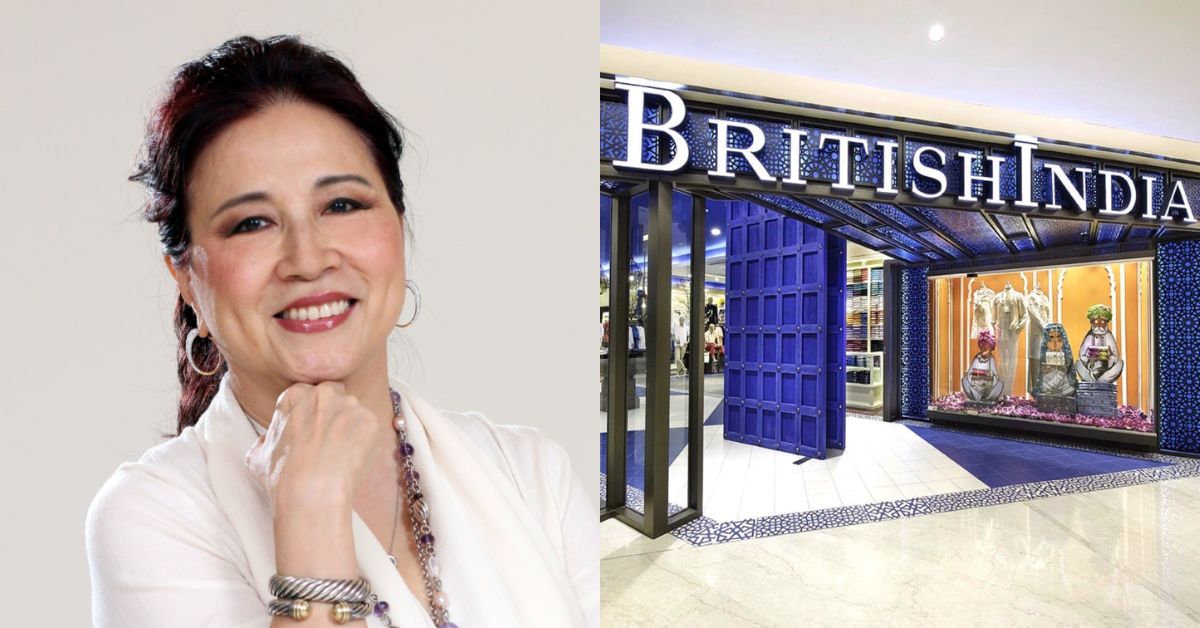
“BritishIndia is a Malaysian brand?!”
While writing this piece, I heard this line a few times from different colleagues who were under the impression that BritishIndia was a foreign brand.
Perhaps it’s the name, or the kinds of clothing it carries, but BritishIndia is definitely a homegrown brand, founded by a woman named Pat Liew.
Some may still have some of its colonial-era-inspired clothes. Some may remember it as a place their mum shopped at. Some may recall its lawsuit against Suria KLCC in 2014 over the mall’s alleged wrongful termination of the lease agreement (the suit was later dismissed).
 Image Credit: BritishIndia
Image Credit: BritishIndiaNow nearly 30 years old, the brand has seen many ups and downs. Here’s the story of how BritishIndia came to be and how things are going now.
An inspiring founding story
Although the BritishIndia brand was launched in 1994, its story starts before that, when Pat was still working at Metrojaya as the merchandising and fashion director.
For those who don’t know, Metrojaya is a department store founded in 1974. It’s not as popular nowadays, with just four locations left, but it was once said to be “Malaysia’s fastest-growing retail chain”.
When Metrojaya was sold to Malayan United Industries Bhd (MUI), Pat ended up losing the intellectual property (IP) of all her fashion brands to the department store. Those brands included familiar names such as East India Company and Somerset Bay.
But Pat was not one to back down.
William Harald-Wong, who had worked on Metrojaya’s logo and branding, was “urgently called in” by Pat to help her create a new logo.
William was quoted on his agency’s website as saying, “This (the loss of her IP) obviously spurred her on to make a comeback in the form of a new brand: BritishIndia.”
Making waves from the get-go
According to Ernst & Young, Pat along with five employees started BritishIndia from her home, which she had mortgaged to provide funds for her ambitious plans.
Recruiting the help of a famed film director and advertising legend, Yasmin Ahmad, BritishIndia was launched with quite the memorable catchline of: “Presenting BritishIndia, an era of racism, oppression, injustice and nice outfits.”
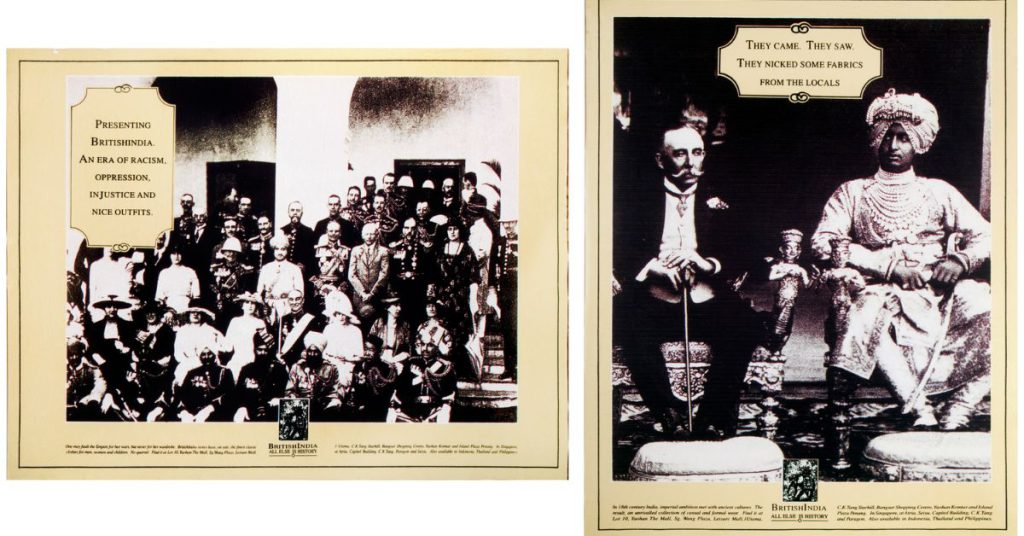 Image Credit: William Harald-Wong & Associates
Image Credit: William Harald-Wong & AssociatesThis tongue-in-cheek slogan would arguably ruffle some feathers even today (maybe even more so today), but it worked wonders in popularising the brand.
Another tagline used was “They came, they saw, they nicked some fabrics from the locals”. Don’t forget “One may fault the Empire for her wars, but never for her wardrobe.” Iconic, really.
Within four months of launching the business, the entrepreneur had already opened eight stores in not just Malaysia but also Singapore. By the end of 1994, BritishIndia was already set up as a vertically integrated group of companies (BTC Clothier).
Two decades after it was founded, BritishIndia was home to 200 employees who produced six different collections per year. It’s no wonder that Pat Liew was nominated as an Entrepreneur of the Year in 2014 by EY and won Woman Entrepreneur of the Year by ACES Awards the same year.
A new age?
In December 2011, Rhoda Yap, Pat’s niece, took over as the CEO of BritishIndia.
“I tell people it’s nepotism,” she jokingly told The Star in 2012.
Whether or not that has any basis, the fact was that Rhoda had quite the resume, boasting a law degree from King’s College London and an MBA from Cornell University in the US.
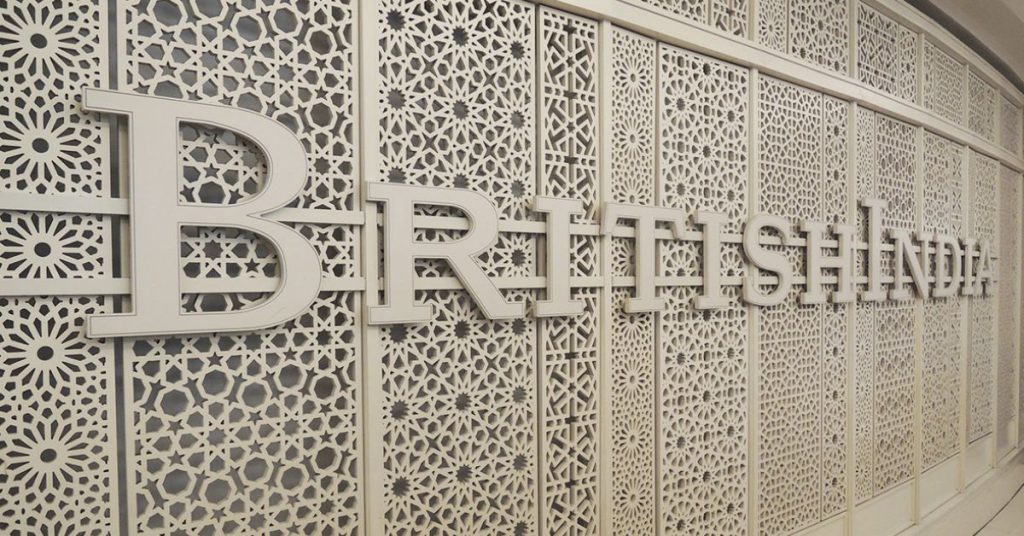 Image Credit: William Harald-Wong & Associates
Image Credit: William Harald-Wong & AssociatesTalking to New Strait Times in 2014, Rhoda shared her grand ambitions to put Malaysia on the map via BritishIndia and “do for the country what Vuitton does for France”.
The article titled “Still Going Strong” was published in September 2014. Rhoda left the company in December of the very same year. She’s now pursuing a PhD in Singapore, according to her LinkedIn page.
Still, the brand seemed to be as promising as ever in 2017, with 40 outlets across Malaysia, Singapore, Thailand, and the Philippines, according to William Harald-Wong & Associates.
But all those physical stores aside, what about an online presence? In the 2014 NST article, it was reported that Rhoda would “soon venture into ecommerce, opening the label to the world”.
Given, she left the company shortly after. However, if efforts to go into ecommerce actually occurred, it likely did not work out, as the brand doesn’t even have a functioning website nowadays.
A brand out of time?
Looking into BritishIndia, I was surprised to find that their social media felt abandoned, un-curated, and somewhat unprofessional—the opposite image of what the brand always felt like to me: sophisticated and elite.
The last post on BritishIndia’s social media was from November 4, 2022. It was an announcement that the brand was opening a store in Leisure Park Kallang, Singapore. Looking that location up today, it shows that it’s already permanently closed, just 32 weeks into the launch.
Meanwhile, britishindia.com is up for grabs for US$15,287. Jokes aside, it was shocking to find out that the business had chosen to let go of the domain name, allowing it to be taken by anyone willing to pay the price.

The latest article I could find on the business was from 2019 by The Star. Celebrating BritishIndia’s 25th anniversary, Pat had told The Star that the brand’s challenges to stay relevant included the “constant need to educate and raise the level of brand awareness”.
With a nearly non-existent social media presence (and a waning physical one, too) today though, Pat’s “constant need” hasn’t seemed to be addressed.
Perhaps being unable to keep up with the times is what’s affecting the business. Maybe the humour behind the branding wore off, as illustrated by angry commenters.
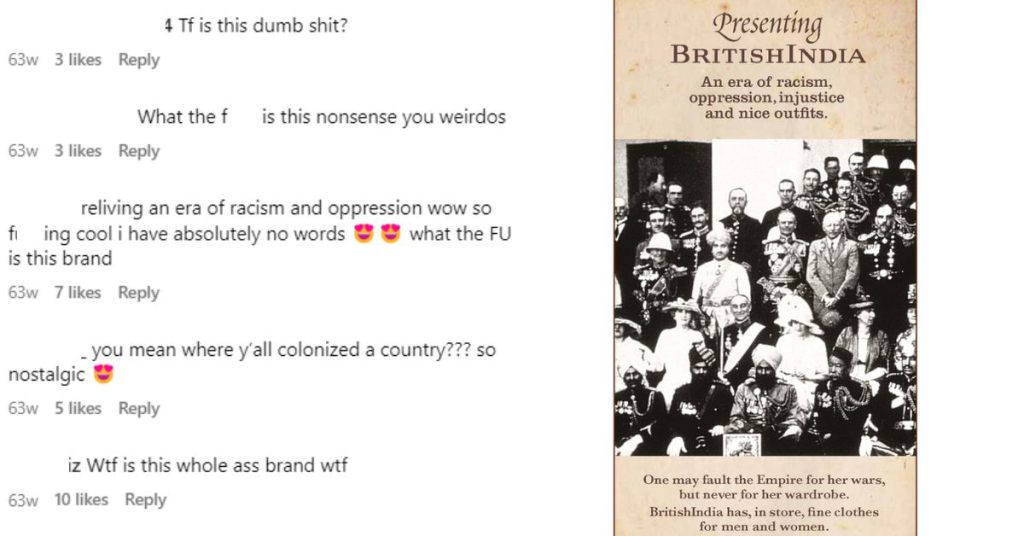
Or maybe it’s just because of the competitive climate in the fashion industry.
Even in 2014, NST writer Sydia Lizta Amirul Ihsan had asked whether fast fashion’s domination was affecting the business. If fast fashion had already been dominating those years ago, its status today might just be called utter and absolute supremacy.
To that, then-CEO Rhoda had shared that there was a difference in clientele. After all, BritishIndia was meant for the “well-heeled and well-travelled”.
This vision of elitism might have bitten them in the said heel. Catering to “diplomats and royalty” (which was part of the brand’s demographic, Rhoda had said) can only keep so many stores open.
While BritishIndia once graced luxury malls like Marina Bay Sands and Pavilion, both outlets have been permanently closed today. It’s unclear how many outlets the brand still has in 2023.
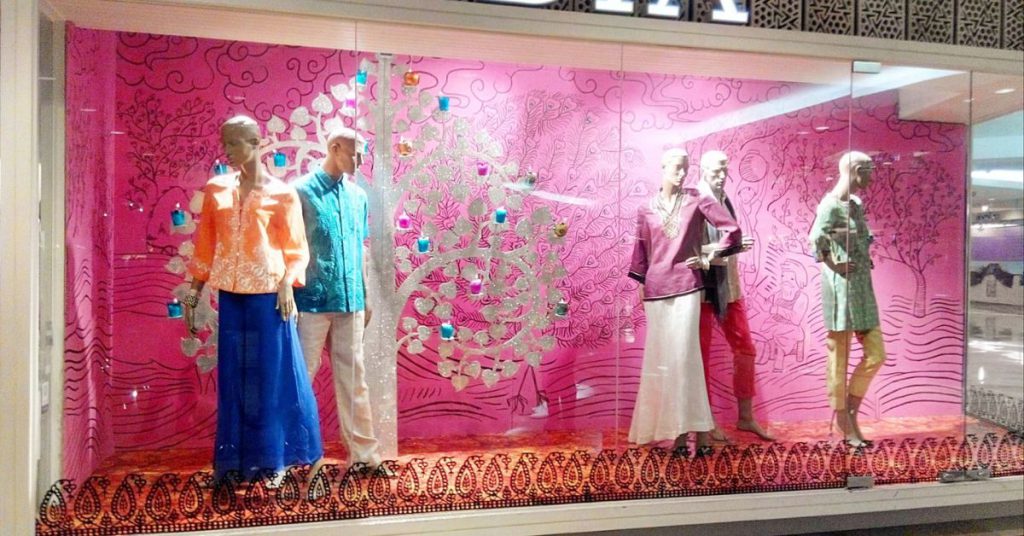 Image Credit: BritishIndia
Image Credit: BritishIndiaBut this is all on the outside looking in. Perhaps the company is still doing well abroad or through B2B activities. I reached out to the team in hopes to chat with Pat. Last month, I was informed that my request had been forwarded. So far, I haven’t heard back.
In 2019, Pat said that BritishIndia survived some of the worst recessions and experienced several economic crises. Maybe the pandemic became the final straw.
As sad as it may be to see an iconic Malaysian brand seemingly hanging on by a thread, “nice outfits” alone might will not be enough to keep the 29-year-old brand in the public conscience.
Learn more about BritishIndia here. Read other articles we’ve written about Malaysian startups here.Featured Image Credit: Ernest & Young / BritishIndia

 ValVades
ValVades 









